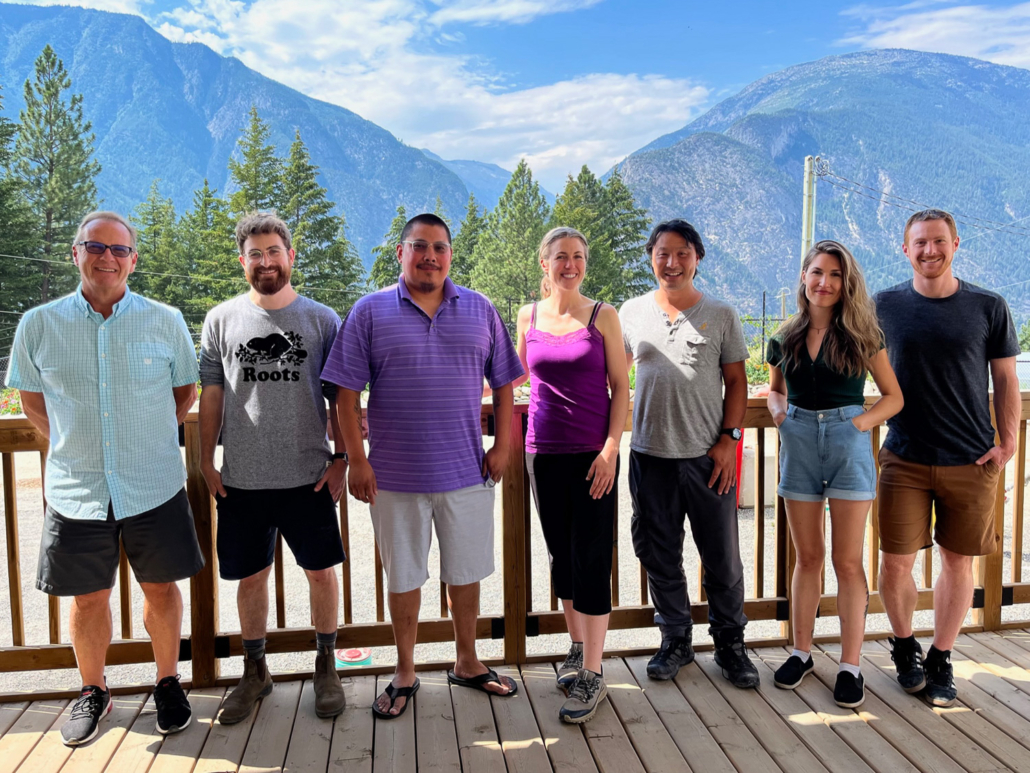
Kanaka Bar IPCA Proposal
In August 2022, members of the Ancient Forest Alliance had the opportunity to explore some important sites that are part of the proposed Indigenous Protected and Conserved Area (IPCA) put forward by the…
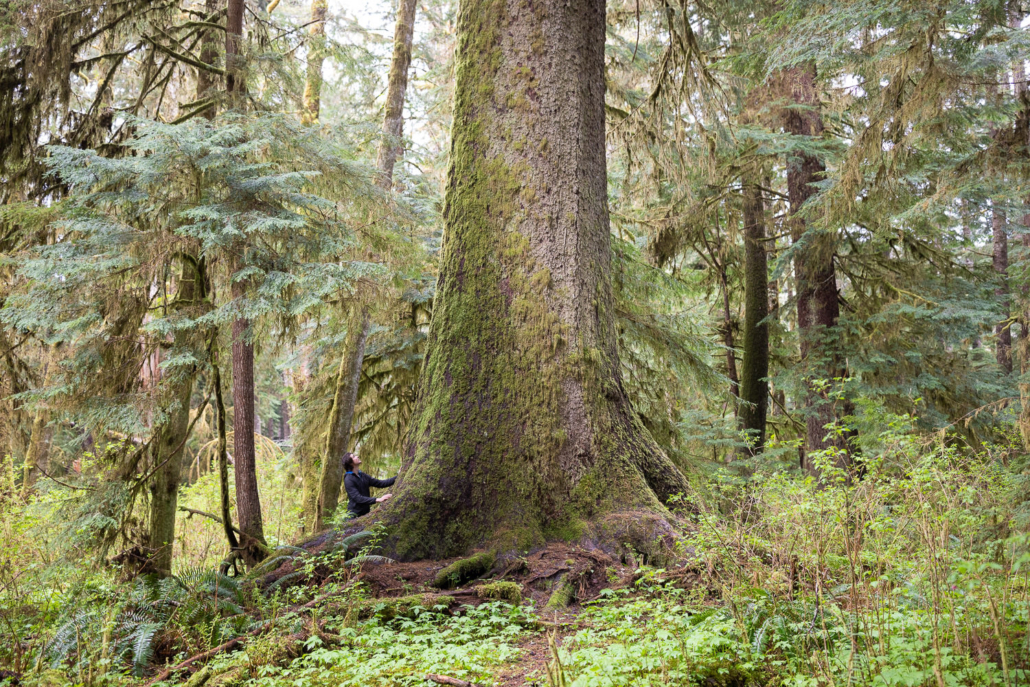
Nahwitti Lake Old-Growth Trail
On the shores of Nahwitti Lake between the towns of Holberg and Port Hardy in Tlatlasikwala & Quatsino Territory stands one of the loveliest little old-growth trails on Vancouver Island. This gentle…

Carnivorous Sundews
Rather than make its food through photosynthesis, carnivorous sundews, like the ones seen here, supplement their diet by feeding on insects! The tiny tentacles have a sticky dew or “mucilage” on them…

Get to know 2021 Trebek Grantee, campaigner and photographer with Ancient Forest Alliance, TJ Watt
Check out this new interview from the Royal Canadian Geographical Society featuring AFA Photographer & Co-Founder, TJ Watt.
Last year, TJ was awarded significant support and recognition as one of…
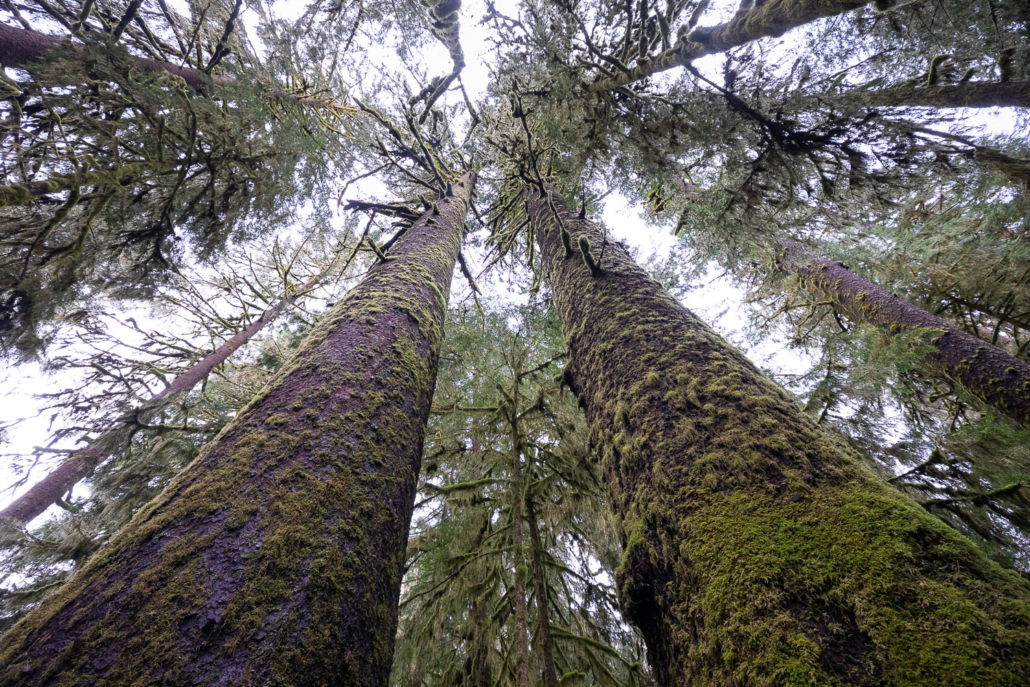
Thank you to our generous business supporters!
Our work to protect endangered old-growth forests in BC and ensure a sustainable second-growth forest industry would not be possible without our generous donors. Thank you to the following businesses and…
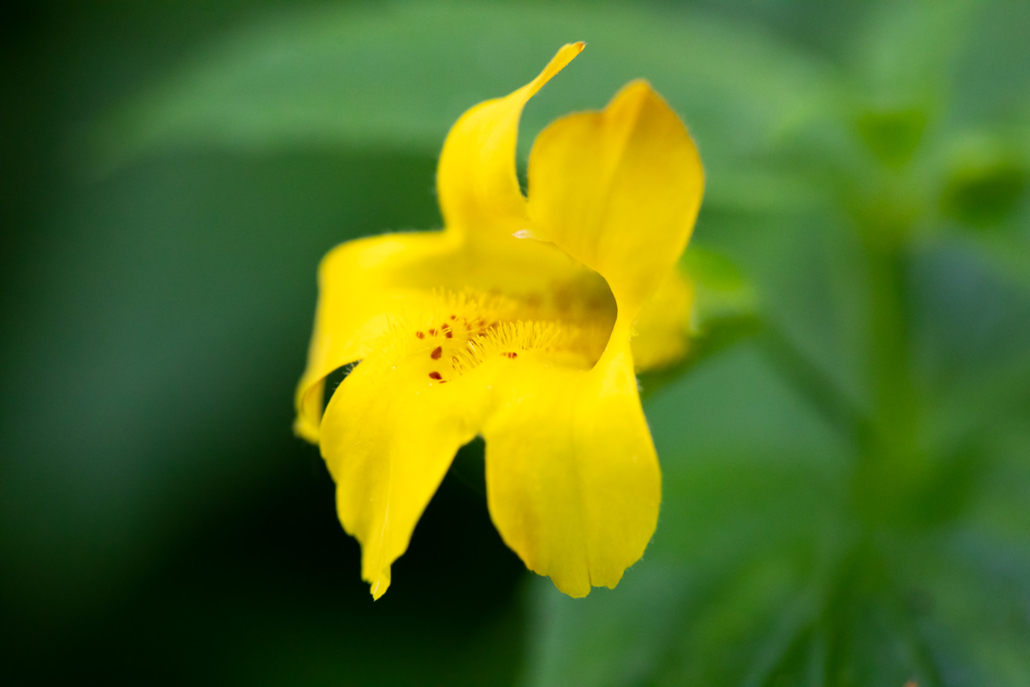
Tooth-Leaved Monkeyflower
A rare and beautiful flower, the yellow tooth-leaved monkeyflower (Erythranthe dentata), in Canada, is restricted to a handful of valleys on southwestern Vancouver Island. This diminutive rainforest…

Band in BC’s Fraser Canyon proposes to protect, manage 350 sq. km swath of land
July 19, 2022
The Abbotsford News
By Jessica Peters
Indigenous petroglyphs, old growth forest, cultural significance at further risk: Kanaka Bar Band
The wildfire that’s moving through the forests…
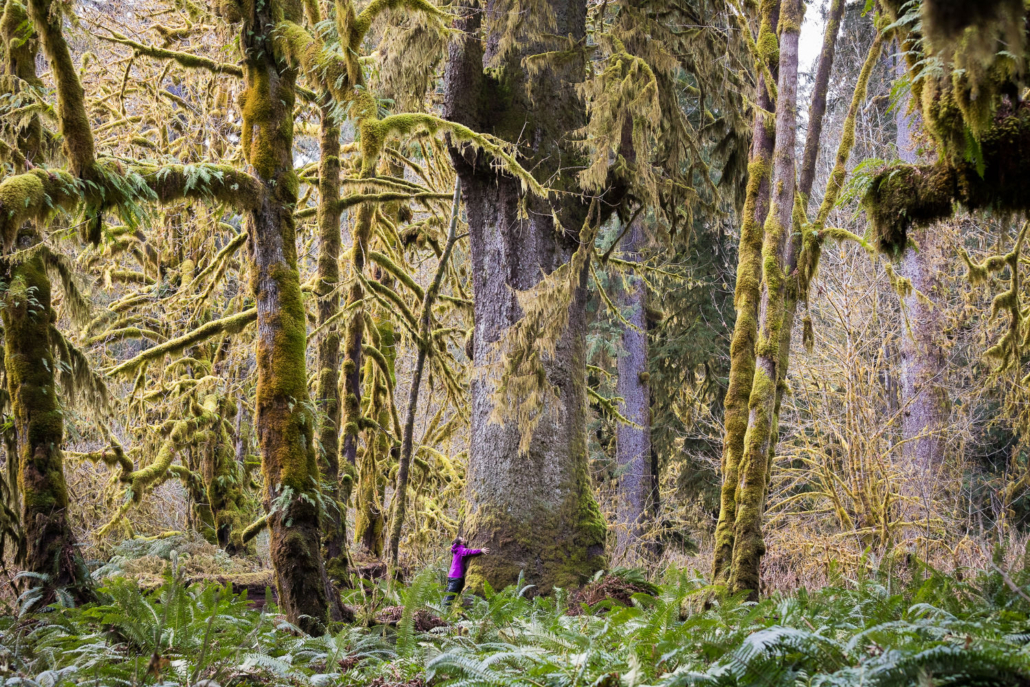
Double your impact when supporting the AFA until September 7th!
We're grateful to announce an anonymous supporter has generously offered to match donations made to the AFA dollar-for-dollar up to $15,000 until September 7th. This means for the next two…
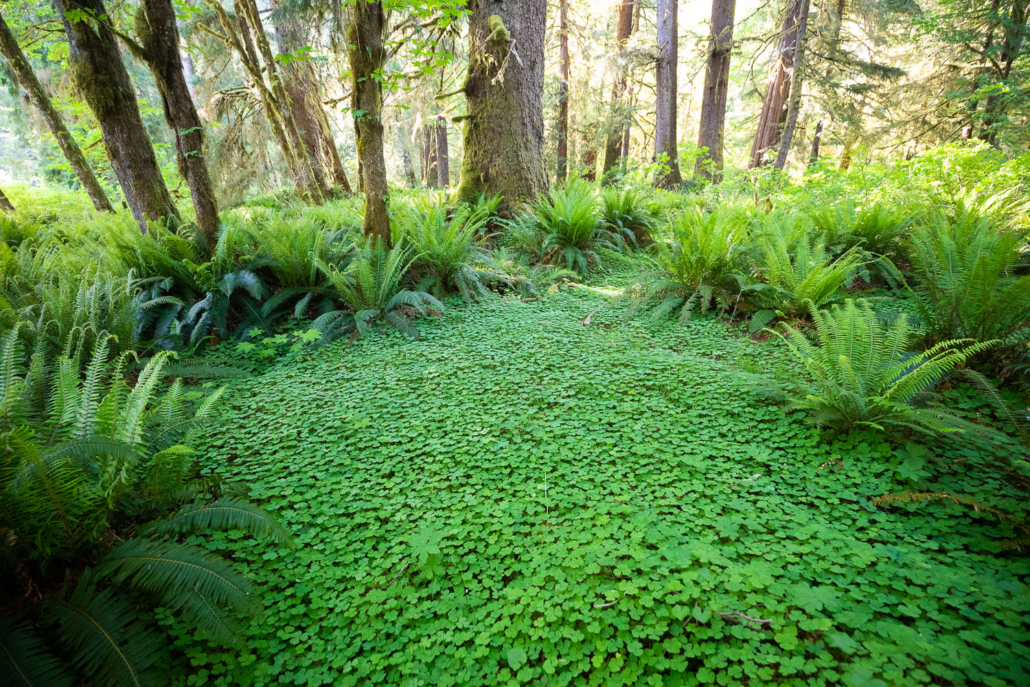
Redwood Sorrel
Looking like an oversized clover, the redwood sorrel (oxalis oregana) is one of BC’s loveliest and rarest rainforest plants, found only in a few scattered sites on Vancouver Island and Haida…

Canada’s fourth-widest tree located in North Vancouver, estimated to be over 1000 years old
June 27, 2022
City News
By Monika Gul
One of the widest trees in Canada was found in the Lynn Valley area of North Vancouver.
The tree, nicknamed “The North Shore Giant”,…
